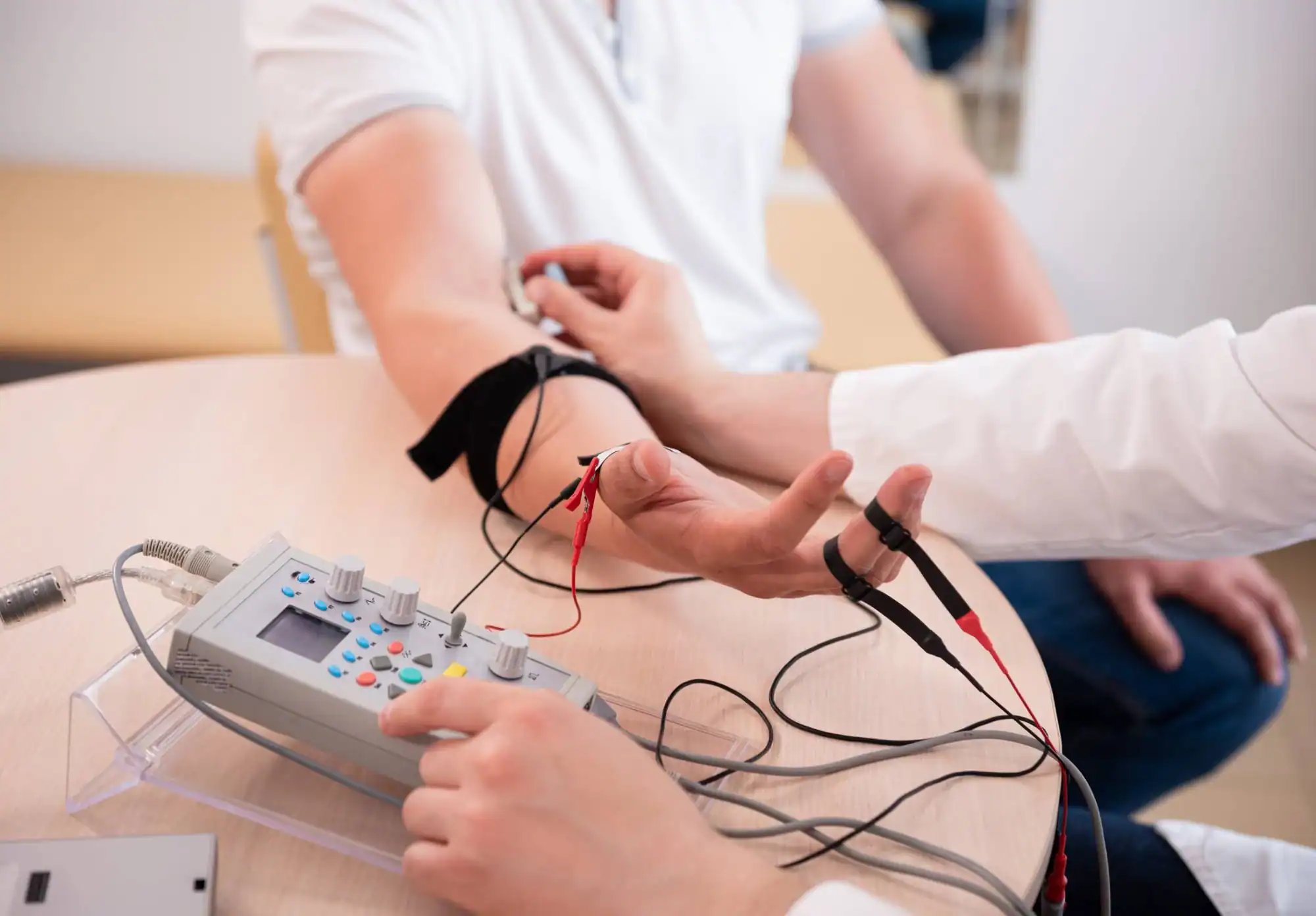Advanced electromyography testing reveals exactly what’s causing your numbness, tingling, or muscle weakness.
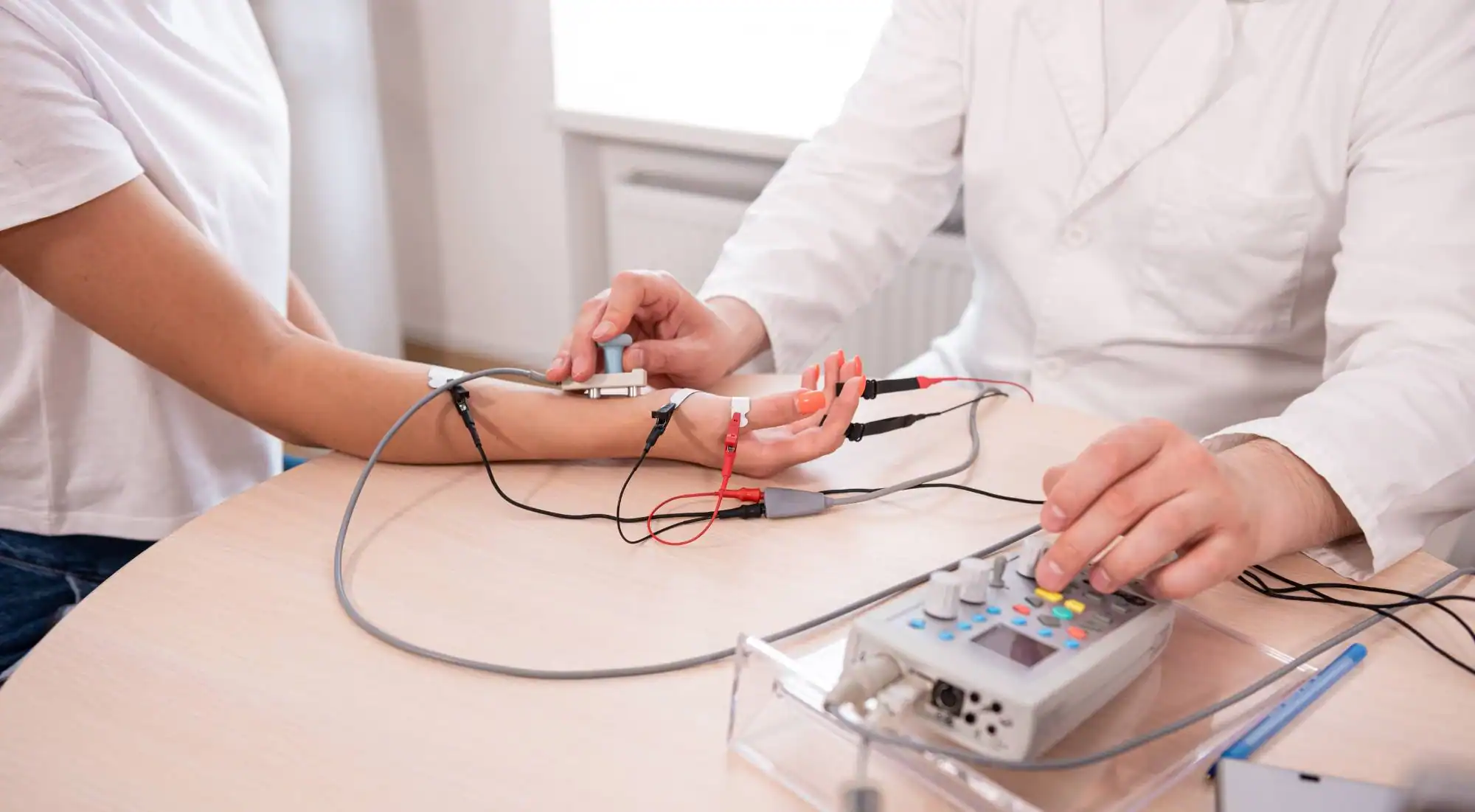
Reviews
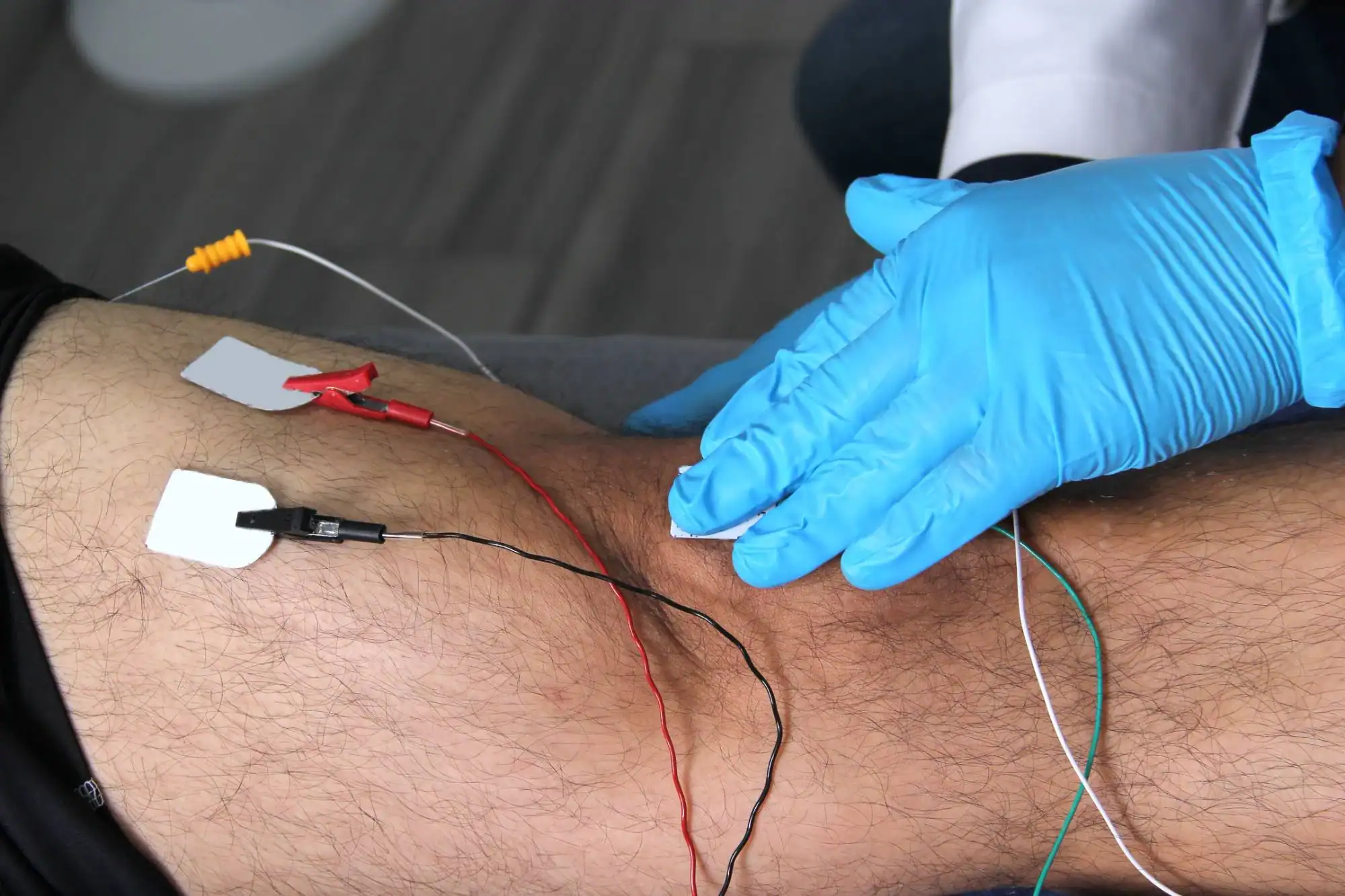
You’ve been dealing with symptoms long enough. That tingling in your hands during the night. The weakness in your legs when you climb stairs. The burning sensation that shoots down your arm when you’re working at your computer.
EMG testing gives you concrete answers. Instead of wondering if it’s serious or if it’s all in your head, you’ll know exactly which nerves or muscles aren’t functioning properly. This isn’t guesswork—it’s precise measurement of how your nervous system is actually performing.
With clear results, you can move forward with the right treatment instead of trying random solutions that might not address your specific problem. You’ll understand whether your condition is progressing and what steps will actually help you feel better.
We’ve been helping Costa Del Sol residents understand and treat their nerve and muscle conditions for years. Our specialists focus specifically on spine-related issues, which means we see these symptoms every day.
We’re not a general practice trying to handle everything. We concentrate on what we do best—diagnosing and treating the nerve problems that affect your spine, arms, and legs. Our team uses the same advanced EMG equipment you’d find at major medical centers, right here in your community.
You won’t get shuffled between different departments or wait weeks for results. We handle your testing, interpret your results, and discuss your treatment options all in one place.
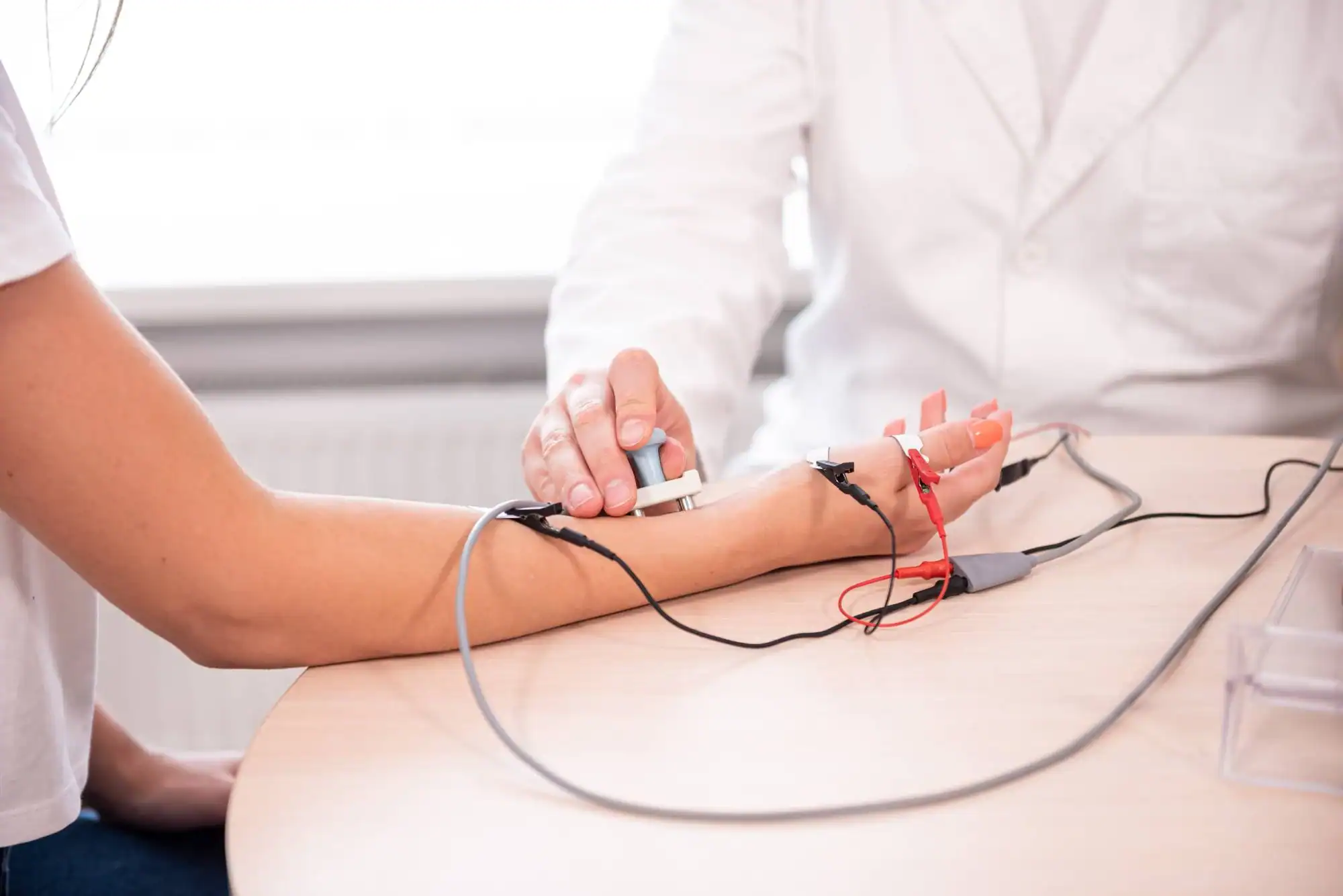
The EMG test has two parts, and both happen during the same appointment. First, we perform nerve conduction studies by placing small electrodes on your skin and sending mild electrical pulses to measure how well your nerves transmit signals. You’ll feel a brief tingling sensation, but it’s not painful.
Next, we test your muscle function using a thin needle electrode that detects electrical activity in your muscles. The needle insertion feels like a small pinch, and you’ll hear the electrical activity through a speaker as we ask you to contract different muscles.
The entire process takes 30 to 60 minutes depending on which areas we’re testing. You’ll get your results immediately, and we’ll explain exactly what they mean for your condition. No waiting days or weeks to understand what’s happening with your body.
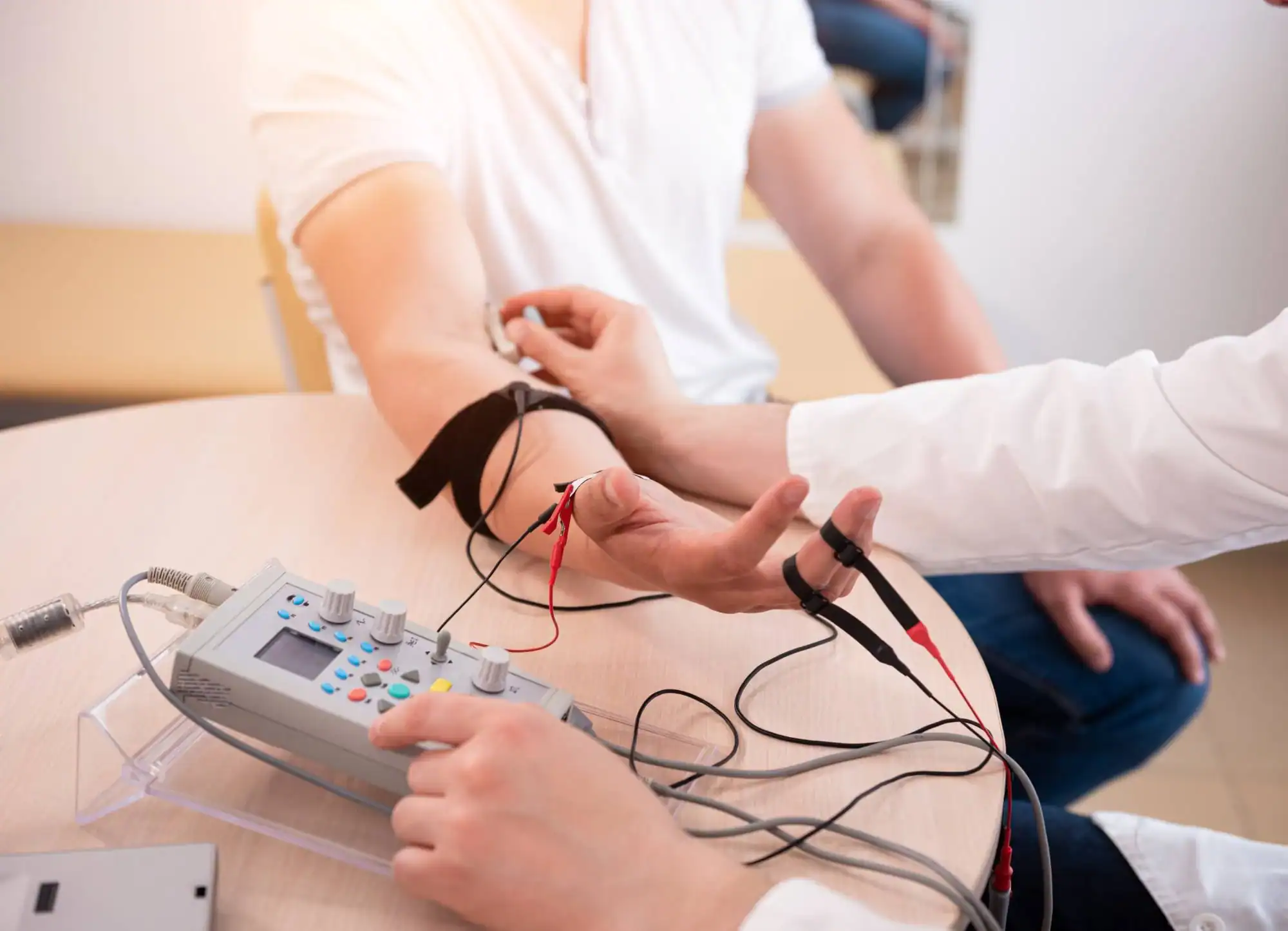
Ready to get started?
Your EMG appointment includes both electromyography and nerve conduction velocity testing—the complete picture of your nerve and muscle function. We test the specific areas related to your symptoms, whether that’s your hands and wrists for carpal tunnel, your legs for sciatica, or your arms for cervical nerve problems.
You’ll receive a detailed report that documents exactly which nerves or muscles aren’t working normally, how severe the problem is, and whether it’s getting worse. This information is crucial for your other doctors too—orthopedists, neurologists, and primary care physicians use EMG results to make treatment decisions.
We also provide clear recommendations for next steps. Sometimes the results show you need specific therapy or medication. Other times, they reveal that surgery might be your best option. Either way, you’ll know where you stand and what your realistic options are for feeling better.
